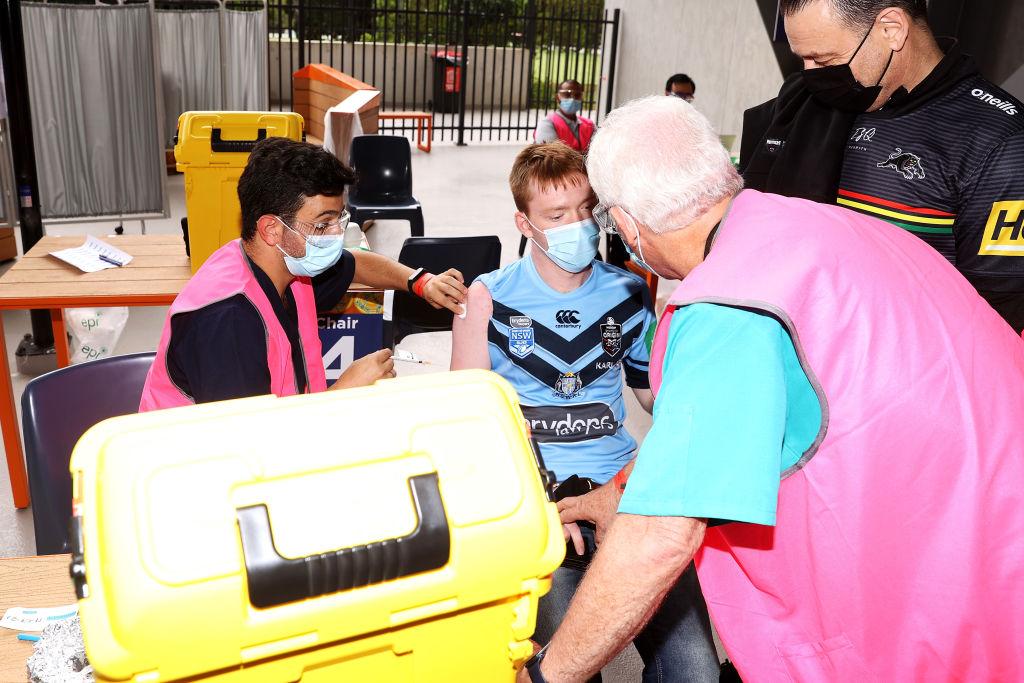Australians seeking compensation for adverse reactions after receiving the jab have complained of having their symptoms dismissed or not investigated by doctors, according to a personal injury lawyer.
Clare Eves, national leader for Shine Lawyers’ medical negligence division, says the lack of proper post-vaccination care was one of several challenges hindering Australians from successfully making claims under the government’s COVID-19 Vaccine Claims Scheme.





